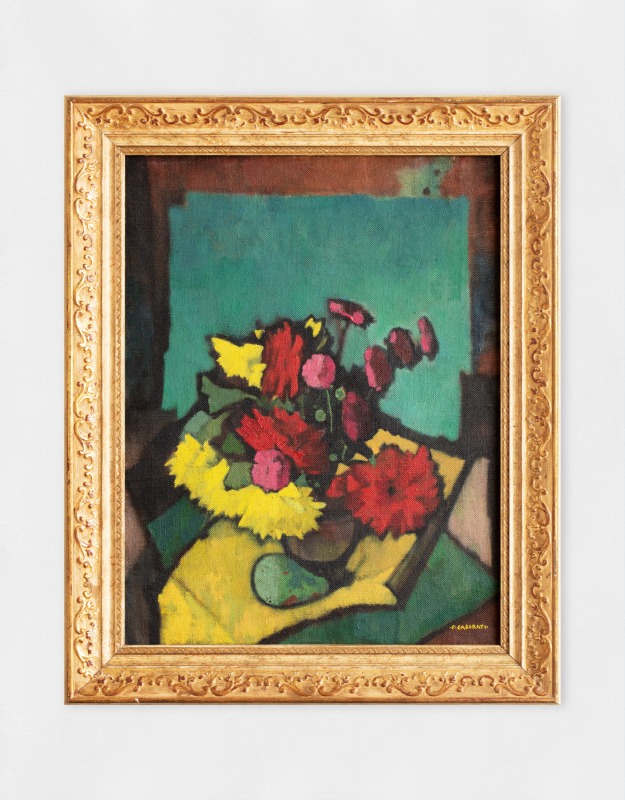-
Biography
Felice Casorati (Novara, Italy 1883 - Turin, Italy 1963)
Born in Novara in 1883, until he was nearly twenty, Felice Casorati tried to establish himself as a musician: he played the piano and studied composition.
He then rose to fame as a painter with the portrait of his sister, Portrait of Sister Elvira, which was featured at the Venice Biennale in 1907. His technique, at the time, depicted static forms and a balanced composition.
He joined the army in 1915. When his father died, two years later, he moved to Turin with his family, where he soon became an important member of the city's cultural circles.
A friend of Casella and Gobetti, in 1922, he joined the anti-fascist group Liberal Revolution. In this period, he was greatly influenced by the masters of Renaissance painting. Piero della Francesca helped give structure to his compositions, building space with solid forms.
In the same period, he opened a painting school in Turin attended by many young artists, including Enrico Paulucci, Francesco Menzio, Carlo Levi, Gigi Chessa and Jessie Boswell, who later united to become the Six Painters of Turin.
In 1924, Casorati was at the Biennale with a solo exhibition presented by art critic Lionello Venturi.
In 1926 and 1929, he was invited by the art critic Margherita Sarfatti to join the Nine Hundred group exhibitions. However, this collaboration did not erode his pronounced individuality.
From 1930, his painting was characterised by refined colours and lighting, very delicate and reminiscent of a pre-Renaissance aesthetic.
Casorati was awarded the Grand Prize for Painting at the Venice Biennale in 1938.
He was active in many artistic fields, collaborating with the Opera Theatre in Rome, the Scala Theatre in Milan and the Maggio Musicale Theatre in Florence. In 1941, he became a professor of painting at the Albertina Academy in Turin, of which he became Director in 1952 and President in 1954.
In 1955, he prepared a large painting for the launch of the Fiat 600, a portrait of the car which is the main symbol of industrial Turin.
He died in Turin in 1963.
Copyright the artist. Photo UniCredit Group (Sebastiano Pellion di Persano)
-
Works
Felice Casorati: Italian, 1883-1963
An Italian painter, among the most important figures of twentieth-century Italian art, he was also one of the most important exponents of a return to figuration, following years of the avant-garde movement.Join our mailing list
* denotes required fields
In order to respond to your enquiry, we will process the personal data you have supplied in accordance with our privacy policy.






